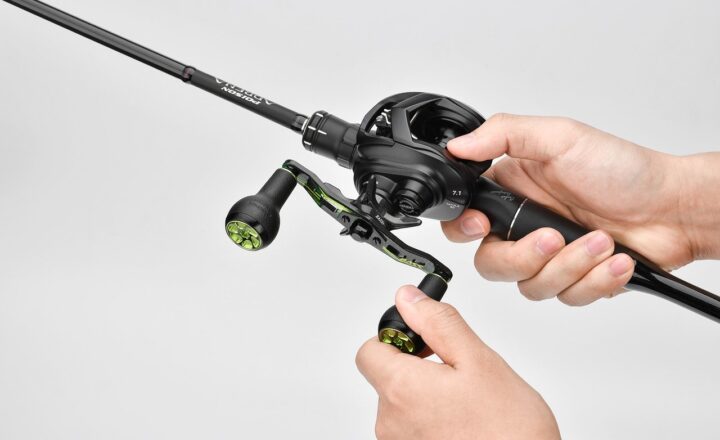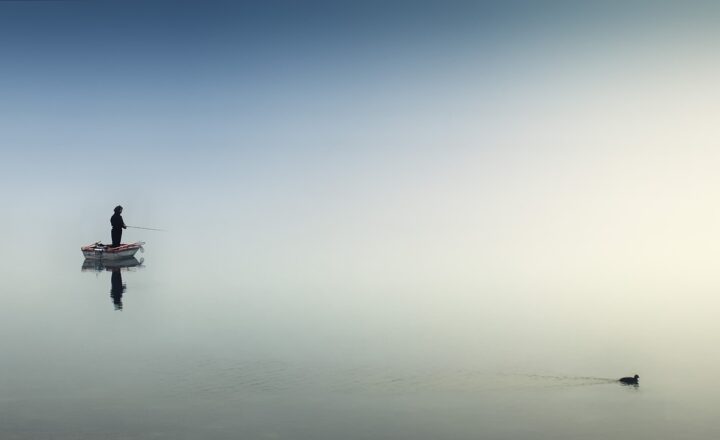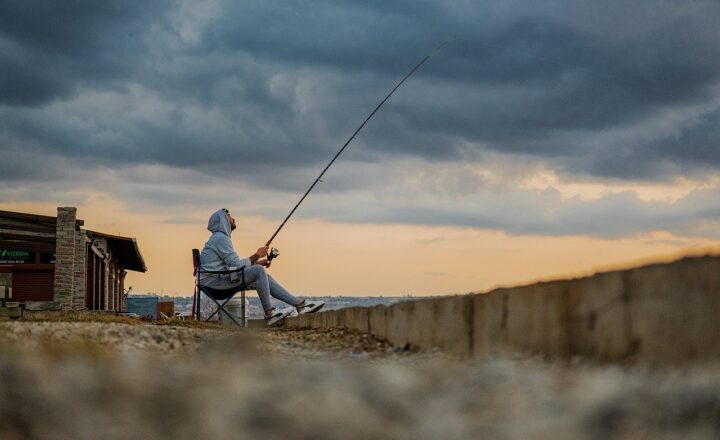Casting Lines: The Secrets to Successful Fishing That Every Angler Should Know
November 19, 2024

Fishing is not just a pastime; it’s a skill that combines patience, strategy, and a deep connection with nature. Whether you’re a seasoned angler or a novice looking to catch your first fish, understanding the nuances of fishing can significantly enhance your experience and results. In this article, we will delve into the secrets of successful fishing, providing you with practical tips and insights to improve your angling game.
1. Understanding Your Fish: The Key to Successful Fishing
Before you can catch fish, you first need to understand them. Different species inhabit various environments and exhibit unique behaviors. Knowing what type of fish you’re targeting allows you to choose the right gear, bait, and techniques. Here are some critical aspects to consider:
- Species Behavior: Research the feeding habits, breeding patterns, and seasonal behaviors of the fish you intend to catch. For instance, bass are more active during dawn and dusk, while trout prefer cooler waters in shaded areas during the heat of the day.
- Habitat Preferences: Fish often congregate in specific habitats. Rocks, weeds, logs, and drop-offs can all hold fish. Familiarize yourself with the environment you’re fishing in, as this will dictate where to cast your line.
- Water Temperature: Different species thrive in varying water temperatures. For example, many warm-water species prefer temperatures above 65°F, while trout may be found in cooler waters below 60°F. Monitoring the temperature can guide your fishing strategy.
2. Selecting the Right Gear
Your fishing success often depends on the quality and compatibility of your gear. Here is a breakdown of essential equipment:
- Rods and Reels: Choose a rod that matches the fishing technique you’ll be using. For example, a spinning rod is versatile for many applications, while a fly rod is designed specifically for fly fishing. Pair it with a reel that offers a smooth drag system to handle big catches.
- Lines: The line you choose should reflect the fish you’re targeting. Monofilament lines are great for beginners due to their ease of use, while braided lines offer unmatched strength for larger fish.
- Hooks and Terminal Tackle: Use the appropriate hooks for the bait you’re employing. Circle hooks are excellent for catch-and-release, while treble hooks work well for lures. Ensure that you have a variety of weights, swivels, and bobbers to adapt to different fishing conditions.
3. Bait Matters: Live vs. Artificial
The choice of bait can drastically influence your success rate. There are two primary categories of bait: live and artificial.
- Live Bait: Natural bait like worms, minnows, and crayfish often attract fish more effectively than artificial options. Remember to keep your live bait fresh and lively to increase your chances of a big catch.
- Artificial Lures: These come in various styles, including crankbaits, spoons, and jigs. Learn how to retrieve them effectively to mimic the swimming of real prey. Experiment with colors and sizes to see what attracts the fish in your area.
- Scent and Flavor: Consider using scent attractants on artificial baits to enhance their appeal. Many fish respond to scent, and it can give you an edge over other anglers using traditional lures.
4. Mastering Your Casting Technique
To improve your chances of success, practice your casting technique. Proper casting will allow you to place your bait in more precise locations:
- Accuracy: Focus on where you cast the line. Aim for areas where fish are likely to hide, such as beneath overhanging trees or near submerged rocks.
- Distance: Sometimes, getting your bait far from the shore can be beneficial. Use your body to generate power in your cast by shifting your weight and following through after releasing the line.
- Practice, Practice, Practice: Regular practice will improve your casting skills. Consider using a practice casting plug to refine your motion without the worry of tangles or snags.
5. The Art of Patience and Observation
Fishing is as much about waiting as it is about action. Cultivating patience and skills of observation can greatly improve your fishing experience:
- Read the Water: Pay attention to water currents and surface activity. Fish often surface during feeding times, so watching for bubbles, ripples, or jumping fish can guide your strategy.
- Stay Quiet: Many fish are sensitive to noise. Minimize movement and noise in your boat or on the shore to avoid spooking your catch.
- Adjust Techniques as Needed: If you’re not having luck, don’t hesitate to switch up your bait, lures, or even your location. Adaptability is critical in fishing.
6. Ethical and Responsible Fishing Practices
As anglers, it’s essential to practice sustainable fishing to ensure the health of fish populations and aquatic ecosystems:
- Catch and Release: To preserve fish populations, consider practicing catch-and-release fishing. Use barbless hooks to minimize harm to the fish and handle them gently to increase their chances of survival.
- Follow Regulations: Familiarize yourself with local fishing regulations, including sizes, limits, and seasons. Adhering to these guidelines helps protect fish species and their habitats.
- Leave No Trace: Clean up after yourself and dispose of waste properly. Ensure that your fishing activities do not harm the environment or other wildlife.
Conclusion
Fishing is a rewarding activity that requires knowledge, skill, and a respect for nature. By understanding fish behavior, selecting the right gear, mastering casting techniques, and adhering to sustainable practices, you’ll enhance your fishing experience. Remember, the secret to successful fishing combines preparation, technique, patience, and an appreciation for the great outdoors. So grab your gear, head to the water, and enjoy the thrill of angling like never before!





